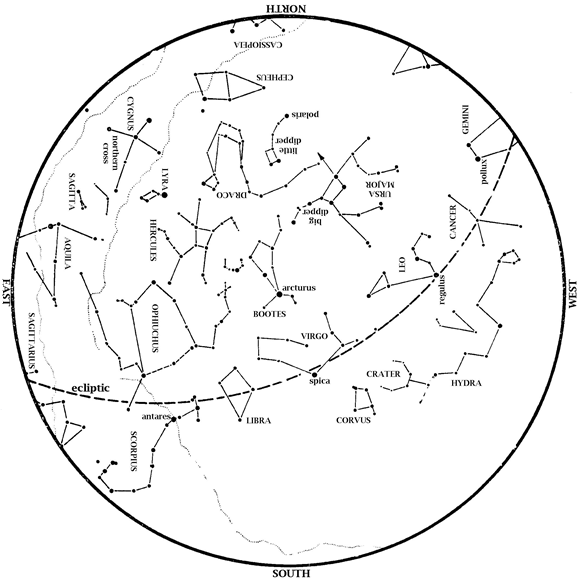by Tania Campbell

Here I am hiking the world famous Permian Reef Trail at the Guadalupe Mountains National Park to study carbonate rock outcrops.
I’ve worked as a production geologist for 11 years for Occidental Petroleum, and while that is a long run with one company in the energy industry, it has gone by fast. I remember being introduced to rocks in middle school, but by the time I was in high school, I was more interested in marine biology. I then went on to successfully complete a dual bachelor’s degree in marine science and geology, which laid the foundation for understanding carbonate rocks and basic geologic principles, starting me down my path as a production geologist.

The Miami Circle, where American Indians carved a circular structural support out of bedrock limestone.
The first community project I got involved in that I attribute as a catalyst to my geology interest was working with an archaeological site called the Miami Circle. Approximately 2,000 years ago, American Indians used the bedrock limestone to carve out a perfect circle to support a structure. As a volunteer I only found a few animal artifacts, but I was most interested in the exposed limestone.

A sample of core that has been cut and slabbed after it was taken from the subsurface in a well. A geologist will describe the rock types and features observed, and other interpretative data is combined to make geologic models and maps.
There are so many different kinds of specialties in geology that sometimes it can feel overwhelming trying to figure out what you want to do. I kept an open mind and set off to learn more with a master’s degree at a different school. It is highly recommended that geologists have their master’s if they want to work in the petroleum industry. I studied hydrogeology and petroleum geology for my master’s, which has helped me work better with team members from engineering backgrounds and develop further in my core profession of doing reservoir characterization. My role involves describing and modeling the layers of rock in the subsurface to predict the most favorable areas for continued secondary and tertiary hydrocarbon recovery.

Hiking with other geologists through the canyon cuts to map the rock types and observe vertical stacking of the layers of carbonates and siliciclastics.
I am extremely thankful for my education and the career opportunities that have brought me to a place where I enjoy coming to work. Every day there is a different problem to tackle. Sometimes it requires communicating with engineers and understanding other types of non-geo data, or sometimes I need to go on a field trip to an outcrop or a core lab to visualize what the rocks could look like in the subsurface. Or Maybe that day I make maps of the reservoir. It is forever changing in the geology profession.
About the author: Tania Campbell is a production geologist with Oxy Permian Enhanced Oil Recovery, a global corporation partnered with the Houston Museum of Natural Science’s Girls Exploring Math and Science (GEMS) program to help educate girls through hands-on science activities and outreach.






